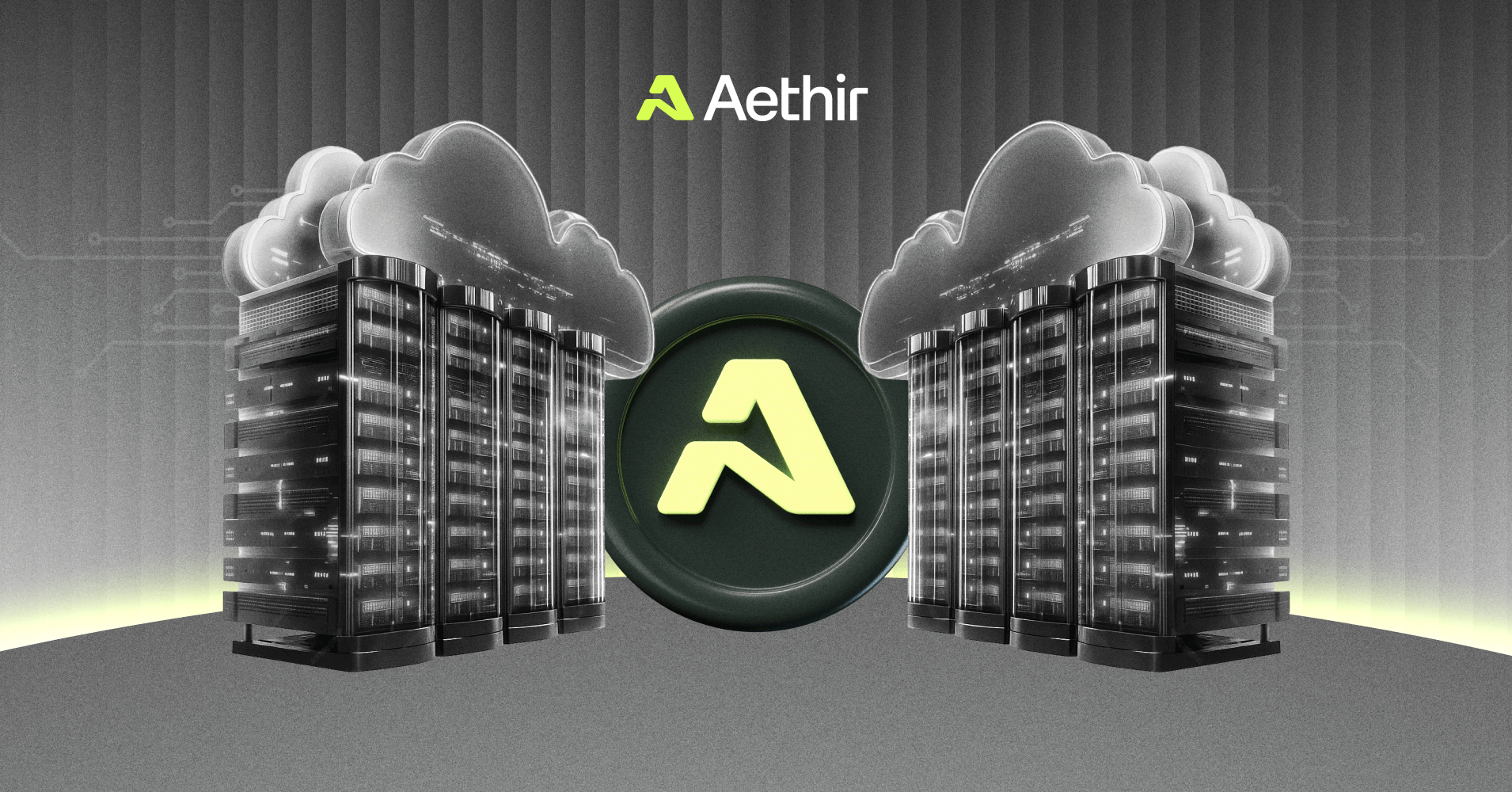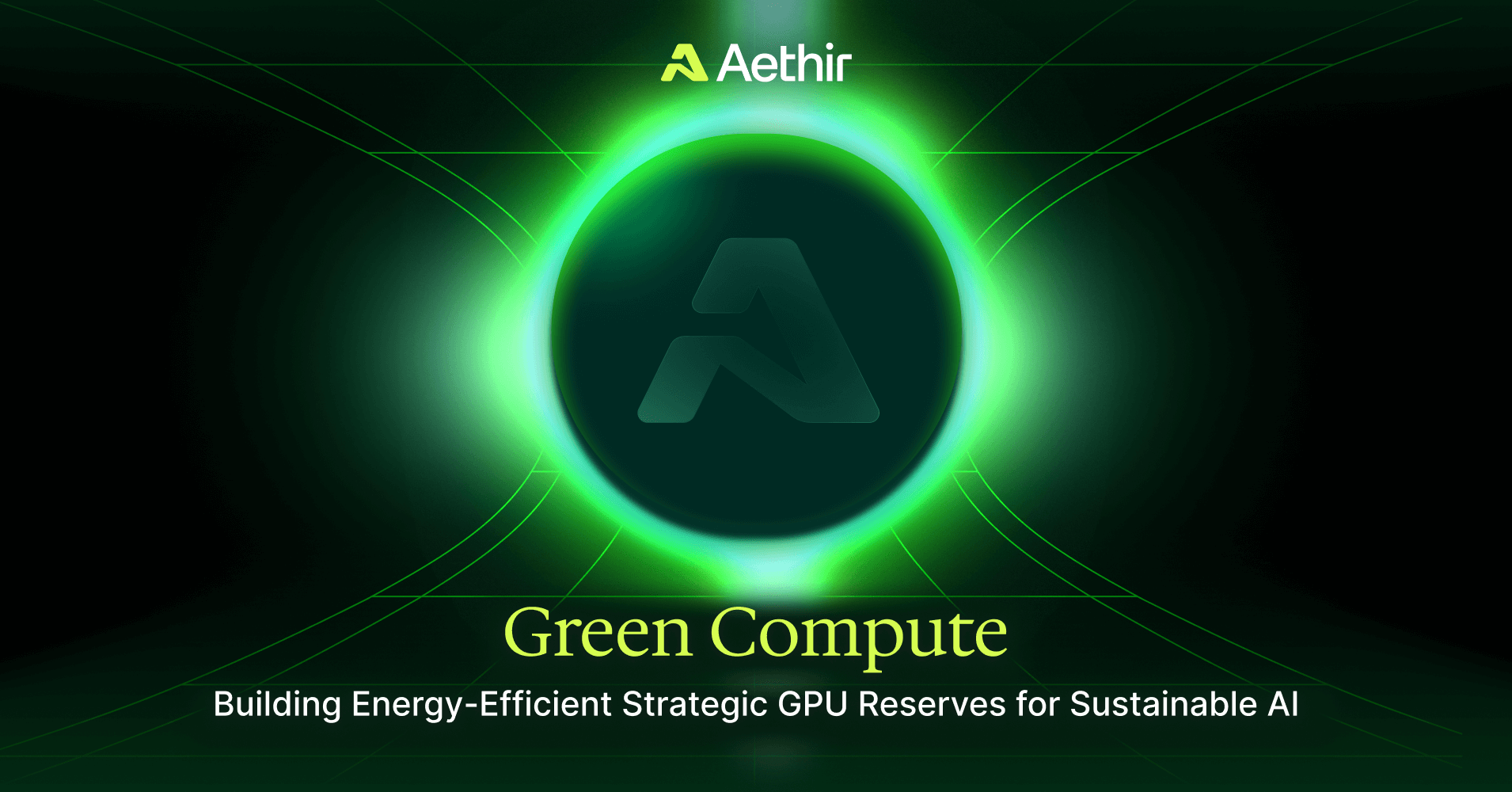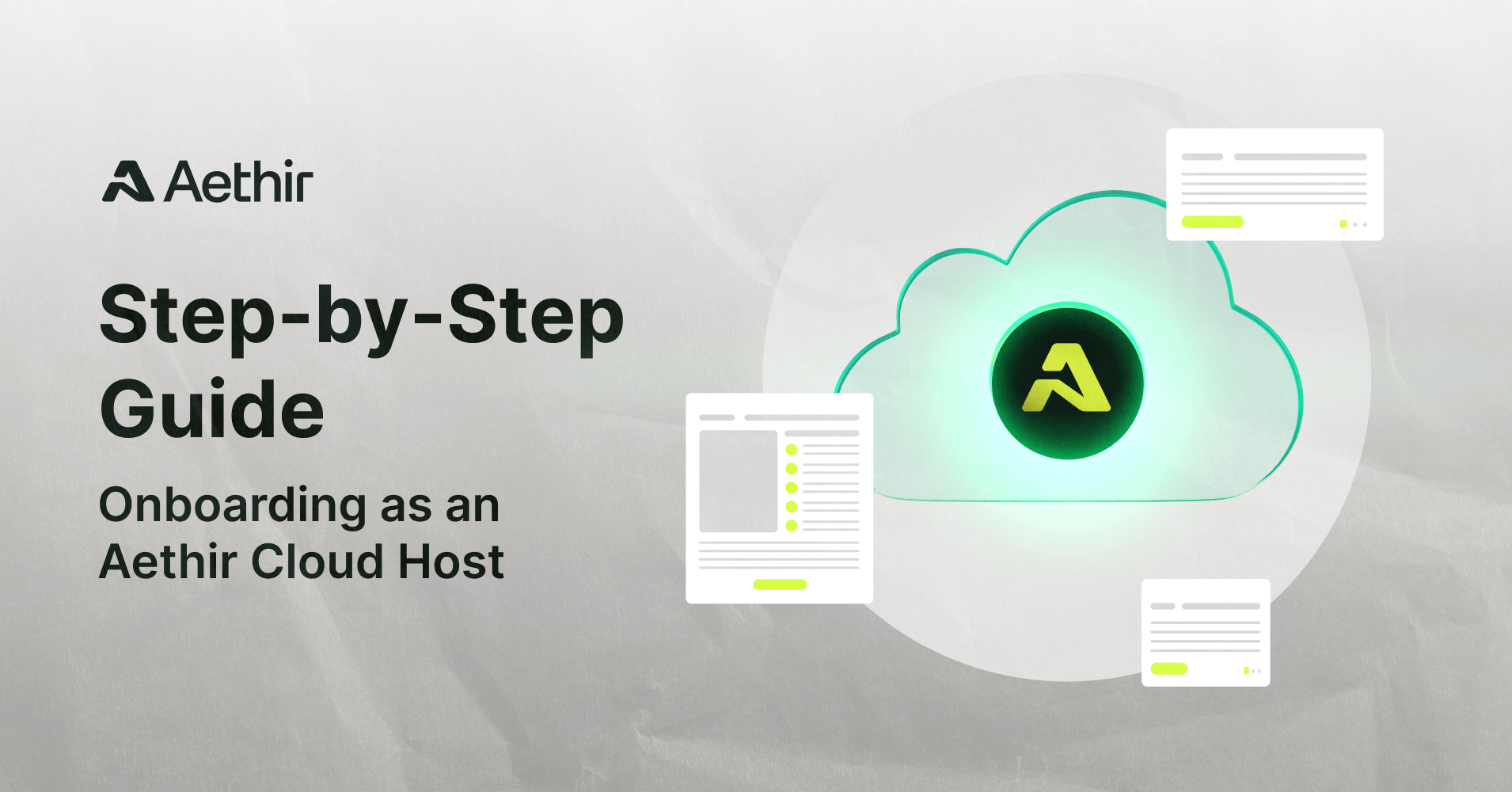2020’ler, altyapının kurallarını yeniden yazıyor. Buhar gücünün üretimi mekanikleştirmesi, elektriğin kitlesel üretimi mümkün kılması ve internetin milyarlarca insanı birbirine bağlaması gibi, merkeziyetsiz hesaplama artık AI ekonomisini açığa çıkarıyor. Bu sadece kademeli bir yükseltme değil; gelecek on yılı şekillendirecek teknolojileri nasıl inşa ettiğimiz, dağıttığımız ve ölçeklendirdiğimiz konusunda temel bir yeniden yapılandırma.
Desen açık: her sanayi devrimi, kıt bir kaynağa erişimi demokratikleştirir, bu da üstel üretkenlik artışlarını tetikler ve tüm ekonomileri yeniden şekillendirir. Buhar üretimi su çarklarından özgürleştirdi. Elektrik, yerel enerji üretme ihtiyacını ortadan kaldırdı. İnternet bilgiyi evrensel olarak erişilebilir kıldı. Bugün merkeziyetsiz altyapı, yapay zekanın temel yakıtı olan hesaplama için aynı şeyi yapıyor.
Merkezi Bulutun Sınırları
Merkezi bulut sağlayıcıları, AI’in ilk patlamasını mümkün kılan altyapıyı inşa etti. Ancak AI’in ilk bölümünü mümkün kılan model, artık bir sonraki bölümünü geride bırakıyor.
Rakamlar durumu özetliyor. AI harcamalarının 2028’de 632 milyar dolara ulaşması bekleniyor, 2025’teki 307 milyar dolardan yükseliyor. Morgan Stanley, önümüzdeki üç yılda AI altyapısı sermaye harcamalarının 3 trilyon doları aşacağını öngörüyor. Bu patlayıcı talep, kritik sınırlamaları ortaya çıkardı:
- GPU kıtlığı geçici değil, kalıcıdır. NVIDIA H100 çipleri her biri 40.000 doların üzerinde ve kritik derecede sınırlı. Büyük bulut sağlayıcıları talebi karşılamakta zorlanıyor; müşteriler ise premium GPU örnekleri için aylara varan bekleme listeleriyle karşılaşıyor.
- Maliyetler yüksek ve giderek kötüleşiyor. Merkezi sağlayıcılar, kıt GPU kaynakları için yüksek ücretler talep ediyor; gizli çıkış ücretleri ve şeffaf olmayan fiyatlandırma söz konusu. Örnek olaylar, iş yükleri merkeziyetsiz altyapıya kaydırıldığında toplam maliyetin %40-80 oranında azalabildiğini gösteriyor.
- Jeopolitik risk artıyor. Veri merkezlerinin belirli bölgelerde yoğunlaşması, tek bir arıza noktası oluşturuyor. Sadece AWS, 2023’te 27 önemli kesinti yaşadı. Gerçek dünya altyapısını kontrol eden AI sistemleri için bu tür aksaklıklar yalnızca rahatsız edici değil, potansiyel olarak felaket yaratıcıdır.
Merkezi model, AI deneyselken işe yarıyordu. AI kritik hale geldiğinde başarısız oluyor.
DePIN: Altyapıyı Küresel Kamu Malı Haline Getirmek
Merkeziyetsiz Fiziksel Altyapı Ağları (DePIN), altyapıyı programlanabilir, piyasa odaklı bir kaynak haline getirerek bu sorunları çözüyor. Birkaç dev veri merkezine güvenmek yerine, DePIN dünya çapında binlerce bağımsız katılımcıdan hesaplama kaynaklarını bir araya getiriyor ve üretim AI iş yükleri için optimize edilmiş, dayanıklı, düşük gecikmeli ağlar oluşturuyor.
Dünya Ekonomik Forumu, DePIN pazarının bugünkü 20 milyar dolardan 2028’de 3,5 trilyon dolara fırlayacağını öngörüyor; bu, dağıtılmış mimarinin temel avantajlarının tetiklediği %6.000’lik bir artış anlamına geliyor.
DePIN ağları, merkezi bulut sağlayıcılarının ek ücretlerini ortadan kaldırıyor ve doğrudan eşler arası işlemlere imkan tanıyor. Token tabanlı teşvikler, arz ve talebi yansıtan piyasa odaklı fiyatlandırma oluşturuyor. Küresel katılım sayesinde coğrafi dağılım doğal olarak ortaya çıkıyor; hesaplama gücü AI uygulamalarına daha yakın konumlanıyor ve ağ gecikmesi neredeyse tamamen ortadan kalkıyor.
Aethir: Kurumsal Ölçekte DePIN’i Kanıtlamak
Aethir, dünyanın en büyük merkeziyetsiz GPU bulutunu işletiyor ve DePIN’in sadece teorik olarak üstün olmadığını, kurumsal ölçekte operasyonel olarak kanıtlandığını gösteriyor. 93 ülkede 200’den fazla lokasyona dağıtılmış 435.000’in üzerinde kurumsal sınıf GPU ile Aethir, 400 milyon dolardan fazla hesaplama kapasitesi sağlarken, olağanüstü bir %97,61 çalışma süresi sunuyor.
Ağ, AI eğitimi, çıkarım, bulut oyun ve gerçek zamanlı render gibi alanlarda 150’den fazla kurumsal müşteriye hizmet veriyor ve yıllık 91 milyon dolardan fazla tekrarlayan gelir üretiyor. TensorOpera, DCENT, Raiinmaker, Inferium ve OpenLedger ile yapılan ortaklıklar, merkeziyetsiz altyapının AI şirketlerinin rekabet edebilmesi için gereken ölçek, performans ve maliyet verimliliğini nasıl sağladığını gösteriyor.
Aethir’in merkeziyetsiz GPU bulutu, H100 gibi son teknoloji GPU’lar için merkezi bulut sağlayıcılarına kıyasla %86’ya kadar daha düşük ücretler talep ediyor ve gelişmiş AI yeteneklerini, aksi takdirde piyasadan dışlanacak organizasyonlar için erişilebilir kılıyor.
Stratejik Hesaplama Rezervi, altyapı kapasitesinin yönetilme ve paraya çevrilme biçiminde bir atılım temsil ediyor. ATH tokenları ile desteklenen ve Predictive Oncology’nin Dijital Varlık Hazinesi üzerinden işletilen SHR, talebin yoğun olduğu dönemlerde hesaplama erişimini garanti eden finansal ve operasyonel bir tampon görevi görüyor. Bu mekanizma, GPU kısıtlamalı dünyada öngörülebilir maliyetler ve sürekli erişilebilirlik sağlıyor; bu kritik bir avantaj.
SHR ayrıca, hesaplamayı yatırım yapılabilir, getiri üreten bir varlık sınıfına dönüştüren yeni bir ekonomik modeli tanıtıyor. “Hesaplama Ekonomisi: AI’in Gelecek On Yılı İçin Temeli Kurmak” başlıklı çalışmada belirtildiği gibi, 2010’lar veriyi biriktirenleri ödüllendirdi. 2020’ler, veriyi zekaya dönüştüren, gelir üreten kıt kaynak olan hesaplamayı kontrol edenleri ödüllendirecek.
Altyapı Dönüşümü
Merkeziyetsiz altyapıya geçiş, yalnızca AI’i nasıl dağıttığımızı değiştirmiyor; AI’i kimlerin dağıtabileceğini de değiştiriyor. Merkezi modelin maliyet engelleri ve erişim kısıtlamalarını ortadan kaldırarak, DePIN, AI ekonomisine katılımı demokratikleştiriyor.
Daha küçük ekipler ve startuplar, teknoloji devleriyle aynı GPU kaynaklarına erişebilir ve rekabeti bulut bütçelerinin büyüklüğü yerine fikirlerinin kalitesi üzerinden yapabilir. Üniversiteler ve araştırma kurumları, kendi veri merkezlerini kurmadan iklim modelleri, ilaç keşif simülasyonları ve genom analizi çalıştırabilir. Düşük gecikmeli, küresel olarak dağıtılmış GPU’lar, yüksek kaliteli bulut oyun ve gerçek zamanlı render deneyimlerini, kullanıcıların gerçekten bulunduğu yerde otomatik olarak konuşlandırılmış altyapı ile mümkün kılar.
Ekonomik etkiler, maliyet tasarruflarının ötesine geçer. DePIN, değeri merkezi şirketlerden dağıtılmış katılımcılara yeniden dağıtır. Altyapı sağlayıcıları, gerçek kullanım ve performansa dayalı token ödülleri kazanır. Kurumsal firmalar, tedarikçi kilitlenmesi olmadan şeffaf, piyasa odaklı fiyatlandırma elde eder.
Devrim Zaten Başladı
Merkezi bulutun sınırlamaları yapısaldır, geçici değil. Merkeziyetsiz alternatifler için teknoloji kurumsal ölçekte kanıtlanmıştır. Ekonomik teşvikler, kapalı ve tekelci ağlara kıyasla açık, dağıtılmış ağları destekler. Pazar yanıt veriyor; 2028’de 3,5 trilyon dolarlık DePIN altyapısı bir tahmin değil, gerçekten işe yarayan modele sermaye akışının bir yansımasıdır.
Aethir’in 93 ülkede 435.000 GPU, 91 milyon dolarlık ARR ve 150’den fazla kurumsal müşterisi, merkeziyetsiz altyapı devriminin gelmekte olmadığını, zaten burada olduğunu gösteriyor. Soru, merkezi bulutun bozulup bozulmayacağı değil; soru, işletmelerin daha iyi performans, daha düşük maliyet ve gerçek dayanıklılık sunan altyapı modeline ne kadar hızlı geçeceği.

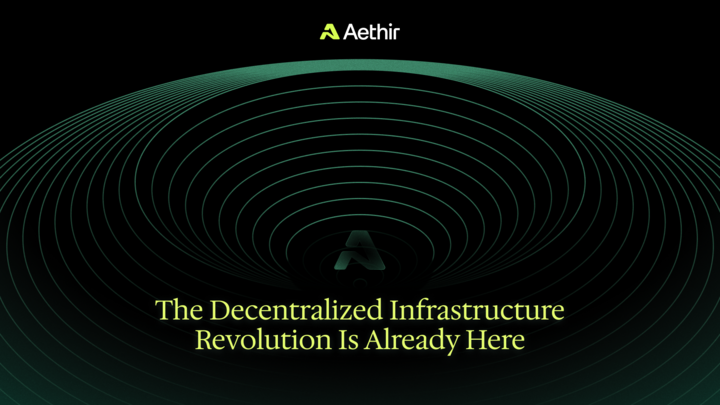
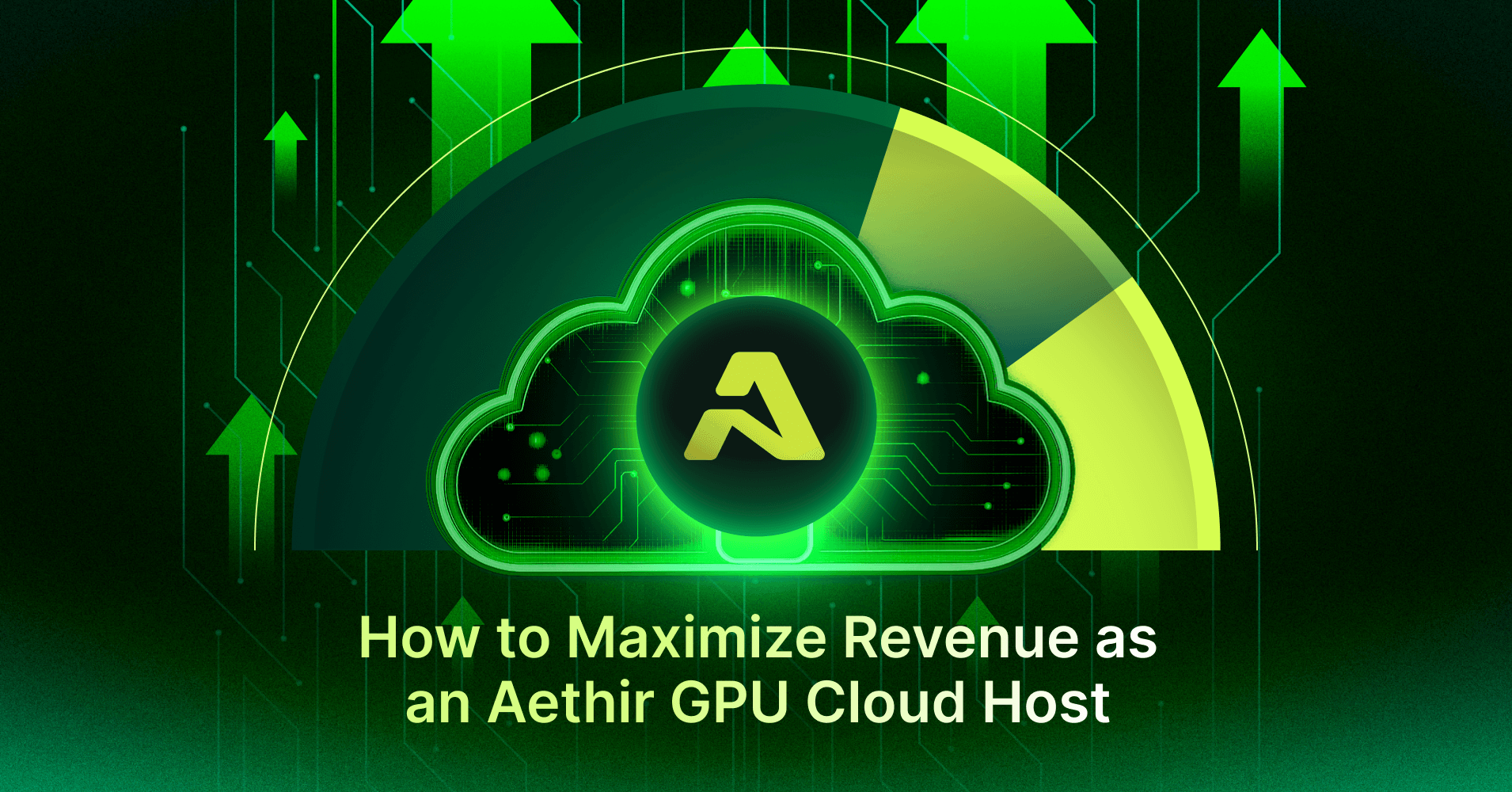
.jpg)
